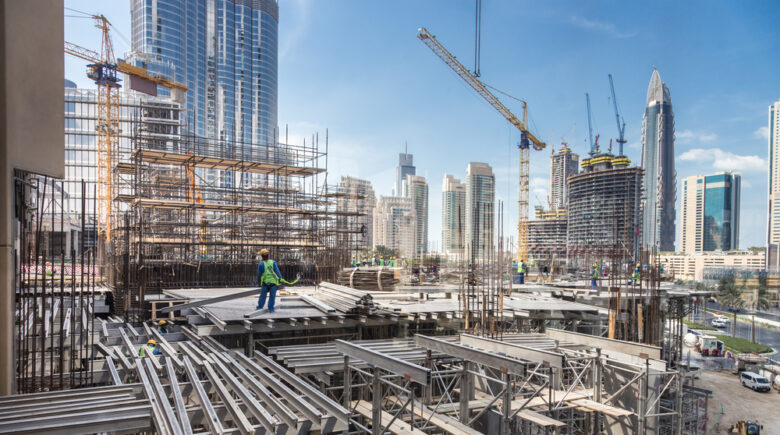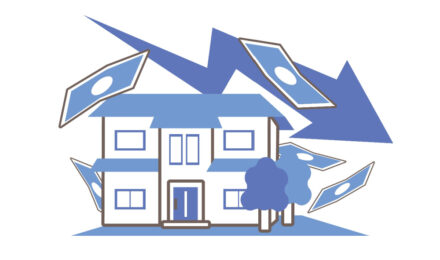Infrastructure is the backbone of modern society, enabling efficiency and connectivity in a globalized world. It encompasses physical structures, technological systems, and transportation networks that facilitate everyday life and business operations. Traditionally, infrastructure referred to roads and bridges, but with advancements in technology, it now includes wireless networks and digital systems that support communication and commerce.
Transportation Infrastructure
Transportation plays a critical role in ensuring mobility and economic productivity. People need efficient ways to travel, whether for work, leisure, or daily errands. Roads, highways, and bridges are fundamental components of transportation infrastructure, facilitating movement and reducing congestion. While building and maintaining roads can be costly, the investment pays off by improving accessibility and reducing travel time.
Bridges are equally essential, serving dual purposes—they connect regions and accommodate maritime transit. The global economy depends on the seamless transportation of goods such as oil, automobiles, and consumer products. Bridges must be designed to allow large ships to pass underneath, and in some cases, drawbridges provide a flexible solution by lifting to enable maritime traffic. The recent collapse of a bridge due to a container ship collision underscores the importance of robust and well-planned infrastructure.
Buildings as Infrastructure
Buildings form an integral part of infrastructure, providing spaces for living, working, and commercial activities. Residential areas, shopping malls, and industrial parks all contribute to a functioning society. Urban planning plays a crucial role in organizing these spaces, ensuring efficient zoning and resource allocation.
The concept of urban planning dates back to ancient Greece, where Hippodamus of Miletus introduced a grid-based city layout. Modern cities continue to adopt structured planning, integrating residential, commercial, and recreational areas for a balanced living environment. Parks, often overlooked as infrastructure, are also essential, offering green spaces that enhance quality of life. Infrastructure within parks, such as walking trails and benches, further supports community well-being.
Energy Infrastructure
Advancements in civilization have been closely tied to energy infrastructure. The ability to generate, store, and distribute electricity has transformed human life. Early power plants relied on coal, but today, renewable energy sources like wind and solar farms are becoming integral parts of the energy grid. These sustainable solutions help reduce environmental impact while ensuring a steady power supply for homes, businesses, and industries.
Technological Infrastructure
Technological infrastructure has revolutionized communication and information sharing. The invention of the telephone marked a significant milestone, requiring extensive networks of wired connections. Cable television further expanded infrastructure investments, eventually leading to the development of fiber-optic networks, which transmit data at unprecedented speeds.
The Internet has become a crucial component of modern infrastructure, relying on a vast ecosystem of data centers, servers, and high-speed networks. These systems power everything from remote work to cloud computing. Some data centers are strategically located near nuclear power plants to meet their substantial energy demands.
Education also benefits from infrastructure investments. University campuses, libraries, and classrooms provide the necessary environment for learning and research, supporting intellectual and professional development.
The Evolving Nature of Infrastructure
Infrastructure is omnipresent yet often taken for granted. It underpins daily activities, from commuting to accessing digital services. As technology evolves, so do infrastructure needs. The COVID-19 pandemic highlighted this transformation, as businesses adapted to remote work, relying on high-speed internet, cloud computing, and digital communication tools.
From roads and bridges to power grids and data centers, infrastructure continues to shape the way we live and work. As society progresses, investments in modern, efficient, and sustainable infrastructure will remain essential for economic growth and quality of life.
Infrastructure is the backbone of modern society, enabling efficiency and connectivity in a globalized world. It encompasses physical structures, technological systems, and transportation networks that facilitate everyday life and business operations. Traditionally, infrastructure referred to roads and bridges, but with advancements in technology, it now includes wireless networks and digital systems that support communication and commerce.
Transportation Infrastructure
Transportation plays a critical role in ensuring mobility and economic productivity. People need efficient ways to travel, whether for work, leisure, or daily errands. Roads, highways, and bridges are fundamental components of transportation infrastructure, facilitating movement and reducing congestion. While building and maintaining roads can be costly, the investment pays off by improving accessibility and reducing travel time.
Bridges are equally essential, serving dual purposes—they connect regions and accommodate maritime transit. The global economy depends on the seamless transportation of goods such as oil, automobiles, and consumer products. Bridges must be designed to allow large ships to pass underneath, and in some cases, drawbridges provide a flexible solution by lifting to enable maritime traffic. The recent collapse of a bridge due to a container ship collision underscores the importance of robust and well-planned infrastructure.
Buildings as Infrastructure
Buildings form an integral part of infrastructure, providing spaces for living, working, and commercial activities. Residential areas, shopping malls, and industrial parks all contribute to a functioning society. Urban planning plays a crucial role in organizing these spaces, ensuring efficient zoning and resource allocation.
The concept of urban planning dates back to ancient Greece, where Hippodamus of Miletus introduced a grid-based city layout. Modern cities continue to adopt structured planning, integrating residential, commercial, and recreational areas for a balanced living environment. Parks, often overlooked as infrastructure, are also essential, offering green spaces that enhance quality of life. Infrastructure within parks, such as walking trails and benches, further supports community well-being.
Energy Infrastructure
Advancements in civilization have been closely tied to energy infrastructure. The ability to generate, store, and distribute electricity has transformed human life. Early power plants relied on coal, but today, renewable energy sources like wind and solar farms are becoming integral parts of the energy grid. These sustainable solutions help reduce environmental impact while ensuring a steady power supply for homes, businesses, and industries.
Technological Infrastructure
Technological infrastructure has revolutionized communication and information sharing. The invention of the telephone marked a significant milestone, requiring extensive networks of wired connections. Cable television further expanded infrastructure investments, eventually leading to the development of fiber-optic networks, which transmit data at unprecedented speeds.
The Internet has become a crucial component of modern infrastructure, relying on a vast ecosystem of data centers, servers, and high-speed networks. These systems power everything from remote work to cloud computing. Some data centers are strategically located near nuclear power plants to meet their substantial energy demands.
Education also benefits from infrastructure investments. University campuses, libraries, and classrooms provide the necessary environment for learning and research, supporting intellectual and professional development.
The Evolving Nature of Infrastructure
Infrastructure is omnipresent yet often taken for granted. It underpins daily activities, from commuting to accessing digital services. As technology evolves, so do infrastructure needs. The COVID-19 pandemic highlighted this transformation, as businesses adapted to remote work, relying on high-speed internet, cloud computing, and digital communication tools.
From roads and bridges to power grids and data centers, infrastructure continues to shape the way we live and work. As society progresses, investments in modern, efficient, and sustainable infrastructure will remain essential for economic growth and quality of life.




